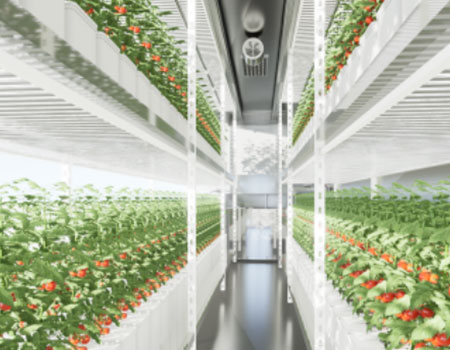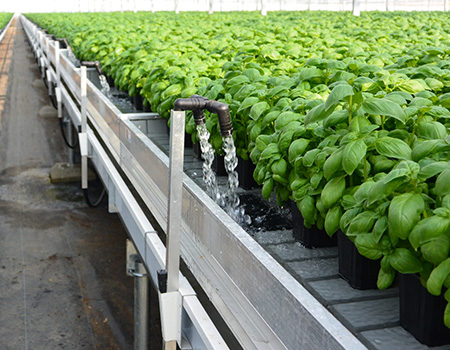In recent years, with the increasing attention paid to environmental protection and sustainable development, hydroponic agriculture has gradually become a new agricultural model that has received much attention. As the largest island in the Arctic region, Greenland's unique geographical location and climate conditions provide unique advantages for the development of hydroponic agriculture.
Greenland is mainly composed of glaciers and high mountains, with very limited land resources and a cold and dry climate that cannot support traditional agricultural production. Therefore, the Greenland government has actively promoted hydroponic agriculture to address the food safety and economic development issues of local residents.

Hydroponic agriculture is a soilless cultivation technique that involves adding nutrient solutions to water to meet the nutrient and water requirements for plant growth. Compared to traditional land planting methods, hydroponic agriculture has many advantages such as water-saving, reducing pollution, and increasing yield. Moreover, since land is not required, hydroponic agriculture can be planted in spaces such as cities, rooftops, and underground, providing a new green solution for the urbanization process.
A new plan is being launched on Greenland aimed at using hydroponic techniques to grow vegetables and fruits in harsh climate conditions. This plan will build a greenhouse to provide fresh agricultural products for local residents and bring new opportunities for Greenland's economic development.
A hydroponic greenhouse means that plants will grow without using soil. On the contrary, they will be planted in water containing nutrient solution, which will provide them with the necessary nutrients and water. This method has many advantages, one of which is that it can be planted anywhere without being limited by soil quality, climate, or season.

In Greenland, hydroponic greenhouses mainly grow vegetables such as tomatoes, cucumbers, lettuce, etc. The hydroponic greenhouse can choose different hydroponic systems according to different vegetable planting needs, such as common NFT systems, hydroponic tower systems, ZIP systems, etc. Among them, the NFT system is a commonly used one, which provides nutrients by flowing nutrient solution through the roots of plants suspended in a water tank. The hydroponic tower system immerses the roots of plants in nutrient solution. Hydroponic vegetables can not only meet the food needs of local residents, but also be exported to other countries, bringing new opportunities for local economic development.
Hydroponic greenhouse is an innovative agricultural production method with broad development prospects and important significance. Under special geographical conditions like Greenland, hydroponic agriculture has become an important choice, providing local residents with green and healthy vegetables and a sustainable future.







.jpg)

